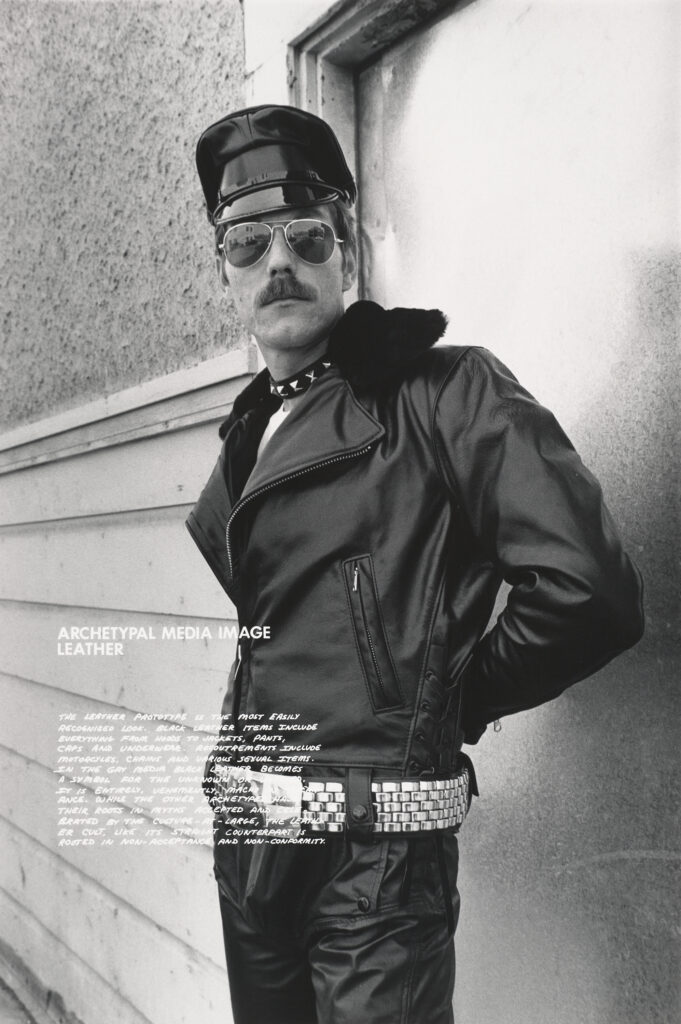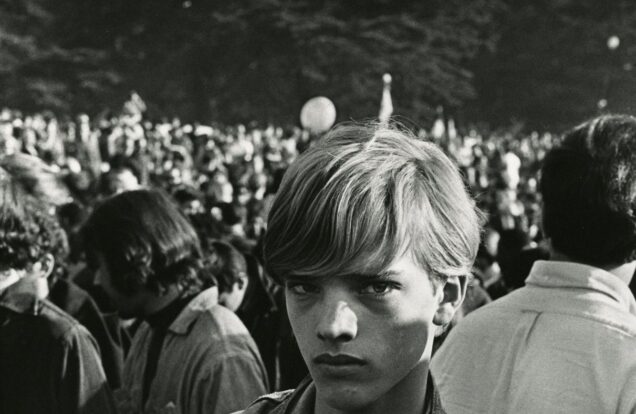THOUGHT PIECES AT SFMOMA
Lew Thomas, Donna-Lee Phillips + Hal Fischer
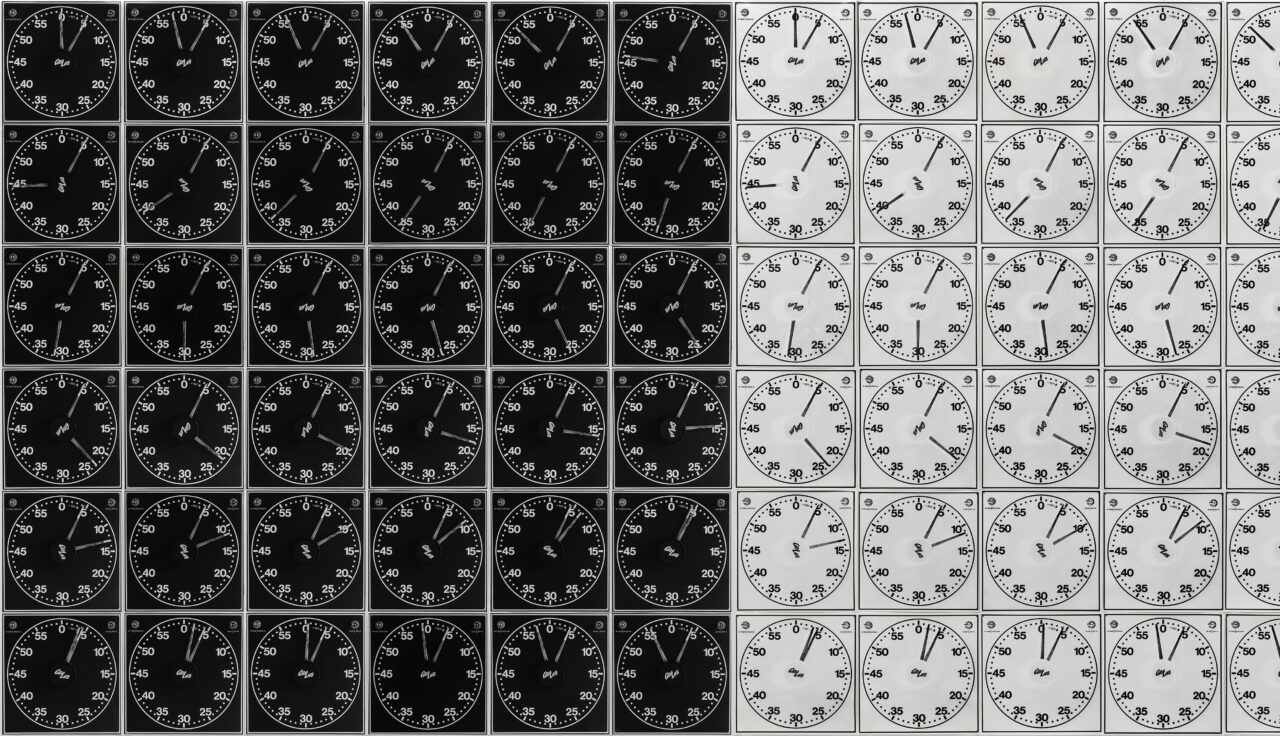

Under the creative wing of the San Francisco Museum of Art, three seminal photographers have come together in collaboration nearly four decades since their last artistic partnership. For a brief and acute period of time, Lew Thomas, Donna-Lee Phillips, and Hal Fischer worked in unison in 1970s San Francisco. As an elder to the others, Lew Thomas acted as a mentor, shaping the creative and professional trajectory of both Phillips and Fischer. Challenging the traditional concept of photography, which centered on the romantically and emotionally beautiful, Thomas instead honed in on the rationality of the craft. Calculating and critical, the three artists produced work that pushed the boundaries and defied the deep-rooted norms of photography.
Utilizing both text and photography, the three artists ably harnessed undoubtedly novel and challenging pieces of work. SFMOMA curator Erin O’Toole commented, “That’s something I think is really important in the work of all three of you, and that’s something that [Lew Thomas] stressed — this relationship between images and language.”
The work of Lew Thomas tends to be anchored in a sense of sequentially shifting perspectives, often associated with time. Many of his pieces are a conglomerate of either a single item captured in various segments or one setting captured many times over a lapsed time period.
When speaking on his print Light on the Floor, a piece that encases 36 images of a beam of light moving across a room, Thomas said, “Time and geometry are illustrated by the photographic contents taken from a roll of film describing the hatching and cross-hatching of light patterns every fifteen minutes.” It was this level of patience and deliberate creation that defined the work.

While Phillips and Fischer followed in Thomas’ photographic footsteps, their respective works took on more human-centric themes. Femininity, as well as the contrast between the male and female gaze, was a large focus of Phillips’ photographs. Self portraits, both nude and clothed, explored the day-to-day life of the photographer. More intensely, she delved into the deeper concepts of what an image is, and the viewer’s comprehension of an image. Description, symbols, metaphors, and perceptions were all heavily encapsulated in her work.
By incorporating his personal life with his work, Fisher would come to be acknowledged by some as a documentary photographer. Through his friends and neighbors, Fischer captured the prominent gay scene which so vibrantly thrived in the city. Through his images, and the books which they would find themselves in, Fischer documented the queer culture of San Francisco which made its way to bookstores and libraries across the country. Utilizing sexuality, queer signifiers, and the same measured technique of Thomas’ photographic style, Fisher’s work has continually and increasingly been recognized as formative and influential.
While the SFMOMA is closed until further notice due to the current climate, artist conversations can be found on museum’s YouTube channel and through its website.
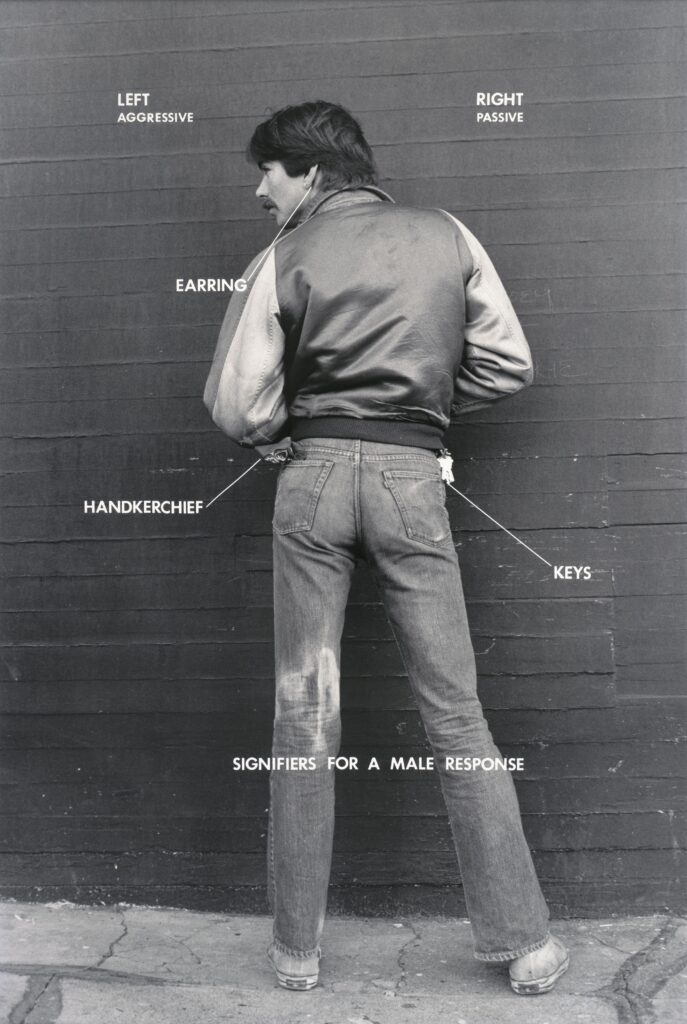
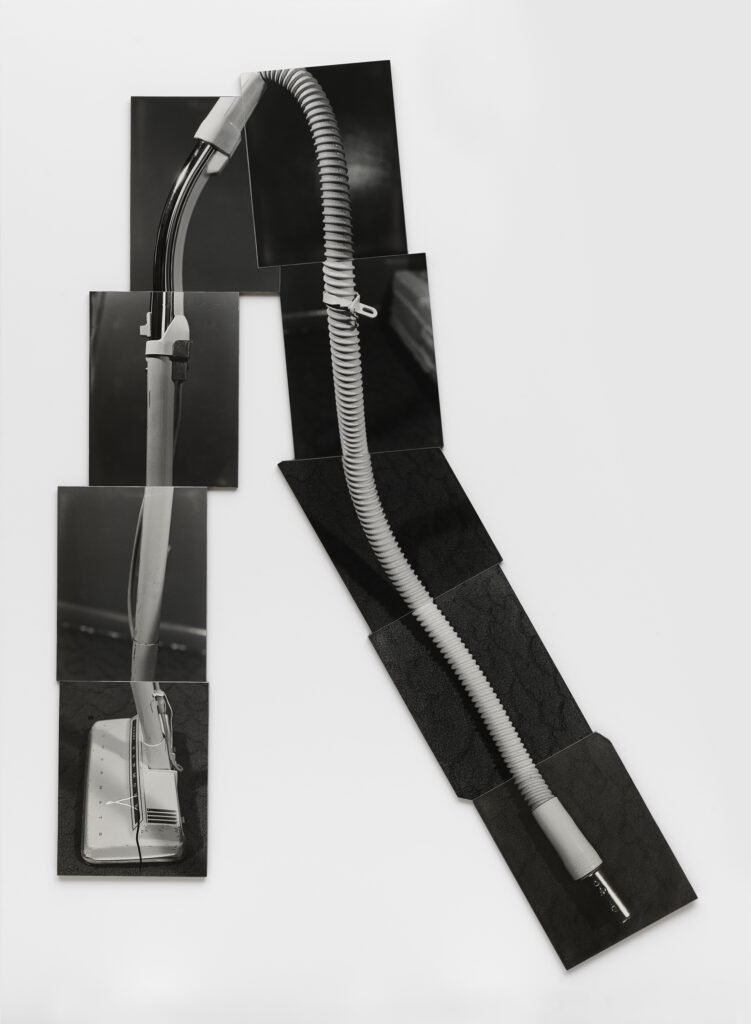
![Donna-Lee Phillips, Untitled [lips], from What Do I Mean When I Say Red? What Do You Mean? 1980, printed 2016; courtesy the artist and Hal Fischer Associates; © Donna-Lee Phillips](https://provokr.com/wp-content/uploads/2020/05/7._Donna-Lee_Phillips_Lips.jpg)
![Donna-Lee Phillips, Untitled [shoes], from What Do I Mean When I Say Red? What Do You Mean? 1980, printed 2016; courtesy the artist and Hal Fischer Associates; © Donna-Lee Phillips](https://provokr.com/wp-content/uploads/2020/05/8._Donna-Lee_Phillips_What_Do_I_Mean_When_I_Say_Red_What_Do_You_Mean.jpg)

